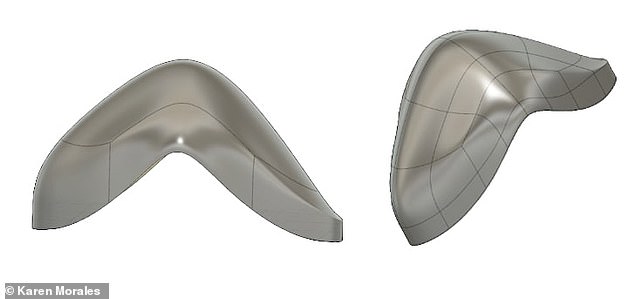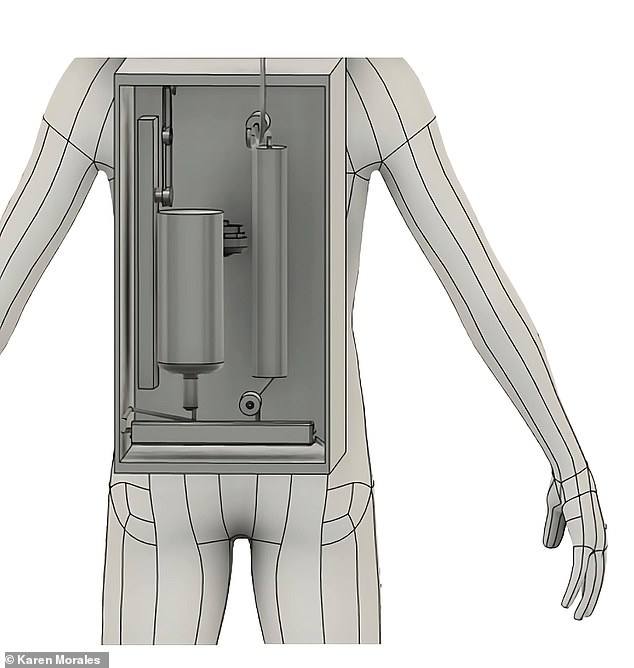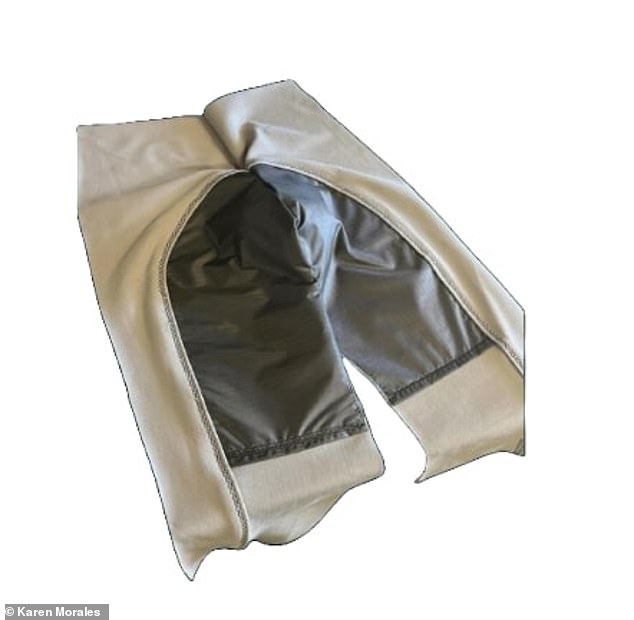When science fiction becomes reality! Dune-inspired spacesuit transforms astronaut urine into drinking water in minutes
The idea of drinking your own urine may sound like a Bear Grylls survival technique.
But for astronauts, it could soon become a reality, thanks to a new spacesuit inspired by Dune.
The spacesuit is the brainchild of researchers at Cornell University and features a futuristic device that can recycle urine into drinking water.
Although the suit is still a prototype, it could be a solution for astronauts, who currently have to relieve themselves in their spacesuits during long spacewalks.
“The design includes a vacuum-based external catheter leading to a combined forward and reverse osmosis unit, which provides a continuous supply of drinking water with multiple safety mechanisms to ensure the astronauts’ well-being,” said Sofia Etlin, first author of the study.
The idea of drinking your own urine may sound like a survival technique promoted by Bear Grylls. But it could soon become a reality for astronauts, thanks to a new Dune-inspired spacesuit

The researchers turned to the Dune franchise, which features full-body “stillsuits” that can absorb and purify water lost through sweating and urination
Aboard the International Space Station, astronauts can urinate by strapping themselves to a toilet with a suction system.
There their urine can also be collected and recycled into drinking water.
However, during long spacewalks, astronauts are currently forced to wear large diapers, called maximum absorbency garments (MAGs).
This is not only uncomfortable, but also a waste of time, because the urine cannot be reused.
“There has been reported leakage of the MAG, which has caused health problems such as urinary tract infections and gastrointestinal complaints,” said Dr. Etlin.
In addition, astronauts currently only have one liter of water available in the hydration bladders in their suits.
“This is insufficient for the planned, long-term spacewalks on the moon, which can last ten hours and in emergencies even 24 hours.”
Hoping to address this problem, researchers turned to the Dune franchise, which features full-body “stillsuits” that can absorb and purify moisture lost through sweating and urination.
Inspired by these still suits, the researchers designed a device to collect urine.

The device consists of a flexible underwear and is connected to a silicone collection cup that fits around the genitals

Despite being quite complex, the system measures just 38 x 23 x 23 cm and weighs around 8 kg, making it the ideal size to fit in a backpack
The device consists of flexible underwear and is connected to a silicone collection cup that fits around the genitals.
The inside of the collection cup is lined with a polyester microfiber and drains urine away from the body.
An RFID tag, coupled with an absorbent hydrogel, responds to moisture by activating a vacuum pump, which quickly sucks up the urine.
After the urine is collected, it is passed to a filter system, which removes the water from the urine.
The purified water is then enriched with electrolytes and pumped into a hydration bladder in the suit for astronauts to drink from.

Now that the prototype (pictured) is ready, the researchers hope to test it with real astronauts soon
According to the team, collecting and purifying 500 ml of urine takes only five minutes.
Although the system is quite complex, it is only 38 x 23 x 23 cm in size and weighs around 8 kg. So it is the ideal size to put in a backpack.
Now that the prototype is ready, the researchers hope to test it with real astronauts soon.
Dr Christopher Mason, lead author of the study, said: ‘Our system can be tested in simulated microgravity conditions, as microgravity is the most important spatial factor we need to take into account.
‘These tests must ensure the functionality and safety of the system before it is actually deployed in space.’
